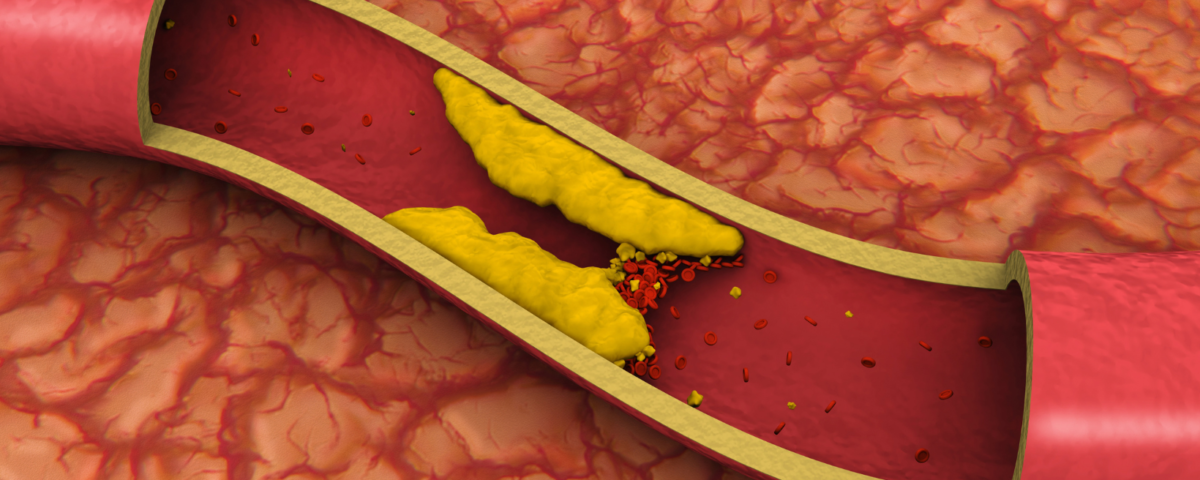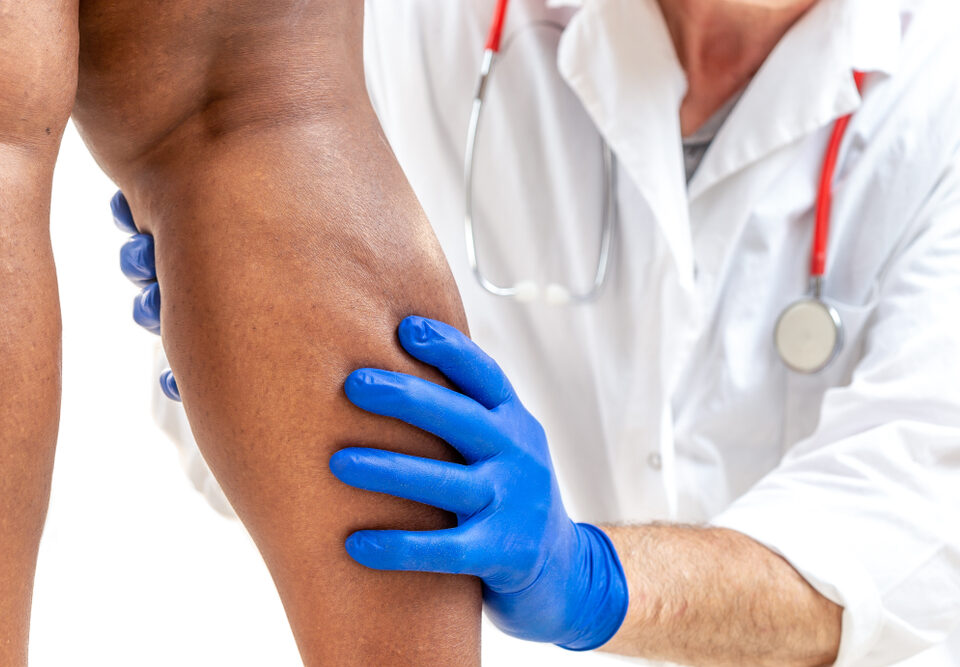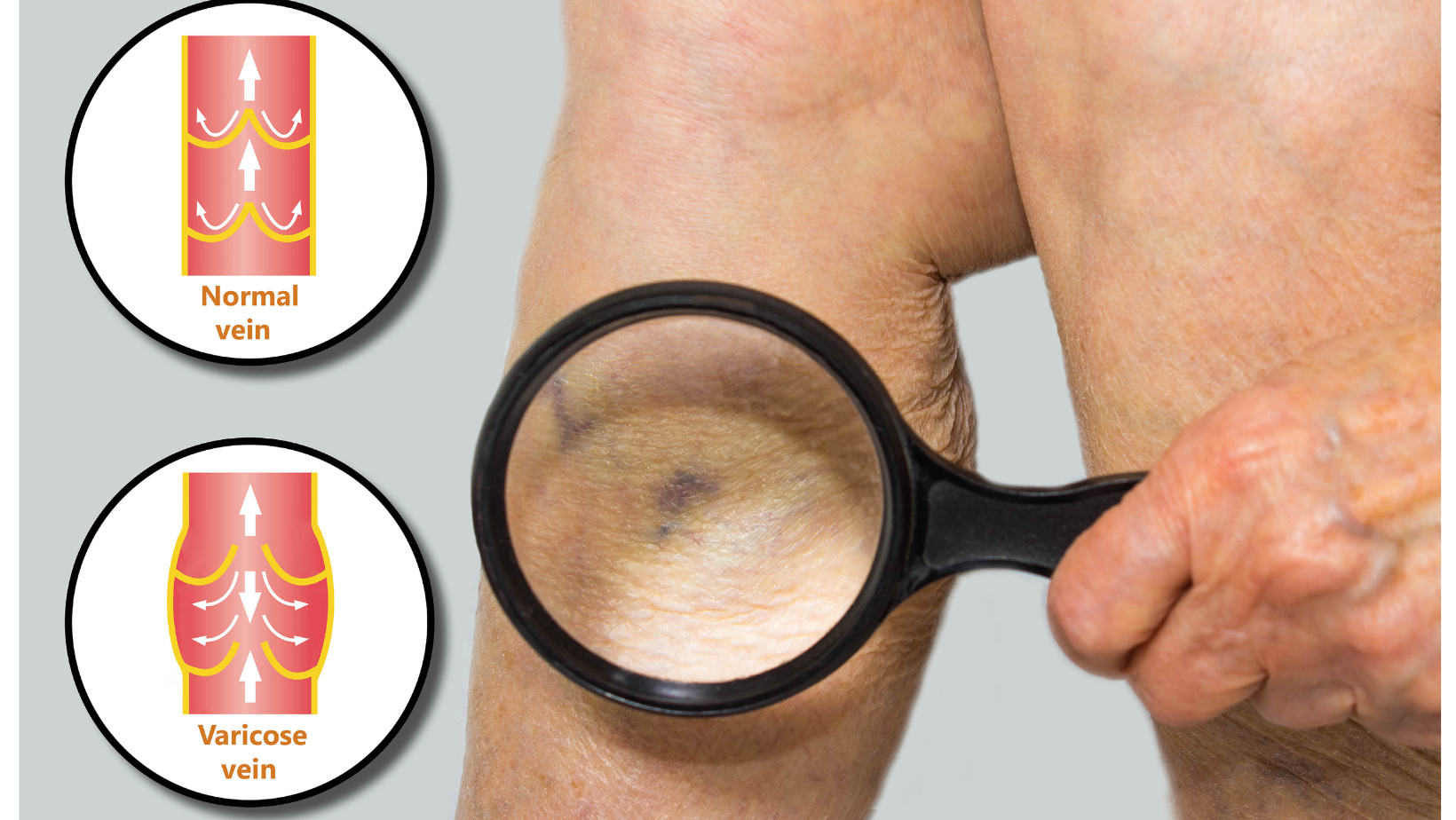
When to See Vein Doctors Near Me
November 21, 2022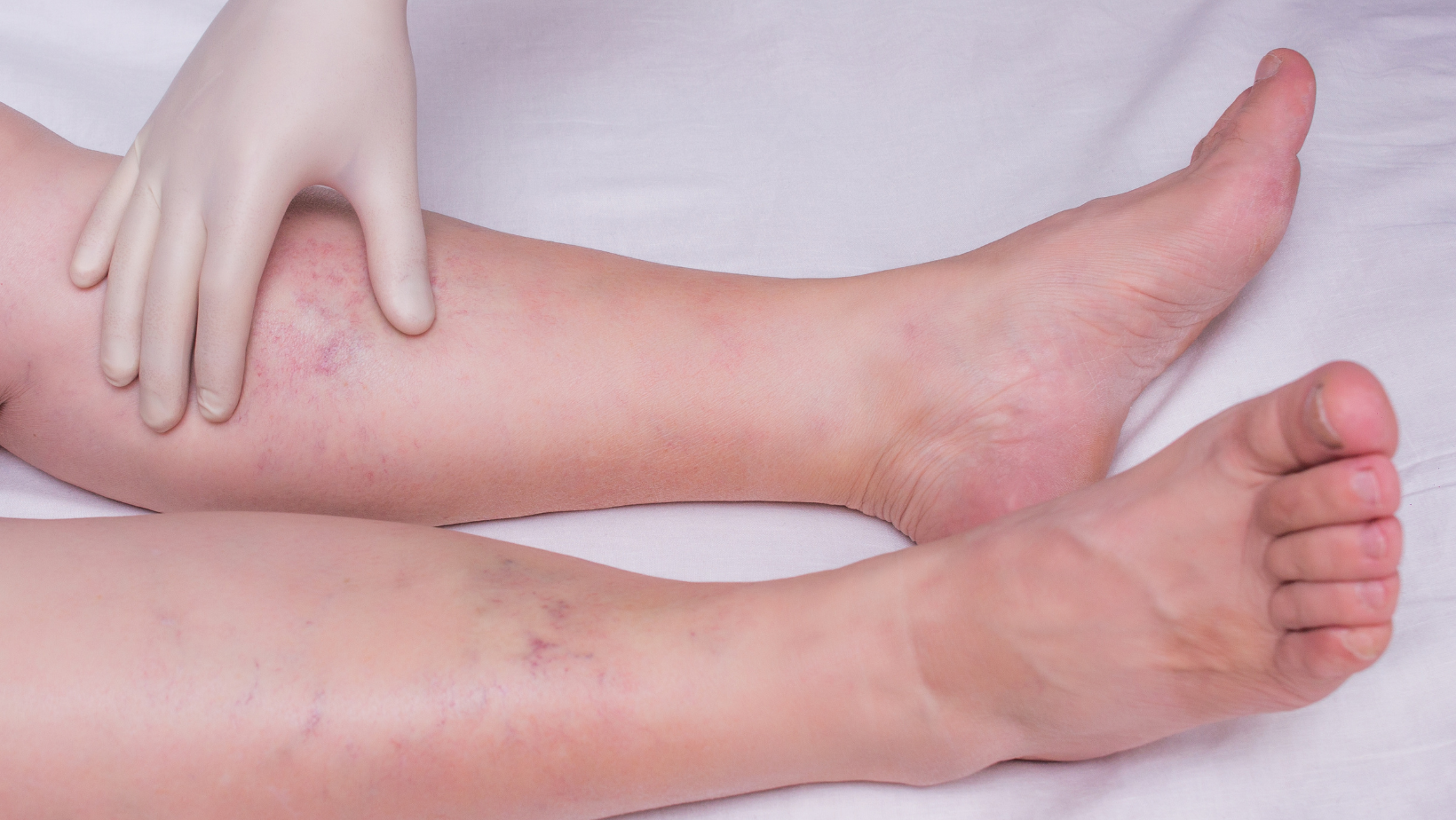
Top Maryland Vein Clinic
November 28, 2022Also known as peripheral artery disease, peripheral arterial disease is a condition in which narrowed arteries reduce blood flow to the arms and legs. Today we will discuss the symptoms of PAD, as well as the treatment options.
What is Peripheral Arterial Disease
When the arteries are too narrow, blood can’t flow properly. This means the arms and legs don’t get enough blood flow to keep up with the body’s demands. Often, this creates leg pain when walking, along with other symptoms. Peripheral artery disease is typically a sign of atherosclerosis, which causes the arteries to narrow.
Symptoms 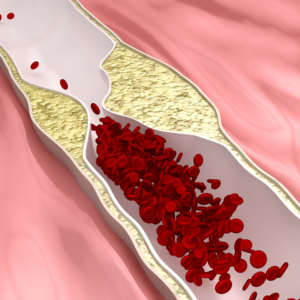
Most people with peripheral arterial disease have little to no symptoms. Some people have leg pain when walking, which is called claudication. Claudication can also include pain or cramping in the legs or arms that begins during exercise but stops with rest. Most commonly, this pain is felt in the calf and may be mild or severe. This can make walking, and other types of physical activity difficult. Other peripheral artery disease symptoms include:
- Leg numbness or weakness
- Coldness in the lower leg or foot
- No pulse or weak pulse in the legs or feet
- Shiny skin on the legs
- Skin color changes on the legs
- Painful cramping in one or both of the hips, thighs, or calves after physical activity like walking or climbing stairs
- Slower growth of the toenails
- Pain when using the arms such as writing, knitting, or other manual tasks
- Sores on the toes, feet or legs that won’t heal
- Erectile dysfunction
- Hair loss on the legs
What Causes Peripheral Artery Disease
This condition is often caused by a buildup of fatty, cholesterol containing deposits (plaques) on the artery walls. This can affect arteries throughout the whole body. Other less common causes of PAD include radiation exposure, injury, blood vessel inflammation and changes in the muscles or ligaments.
Treatment for Peripheral Arterial Disease in Maryland
There are several treatment options for this condition. If you have symptoms of PAD, its important to speak to a doctor and begin treatment. Contact The Vein Center of Maryland today to schedule a consultation.


